PLANT Expo Kitchener is today!
We look forward to seeing you on October 11, 2017 at Bingeman’s for this one of a kind networking opportunity. Come see CPE at the Show and get Fitted for your dB Blockers today.
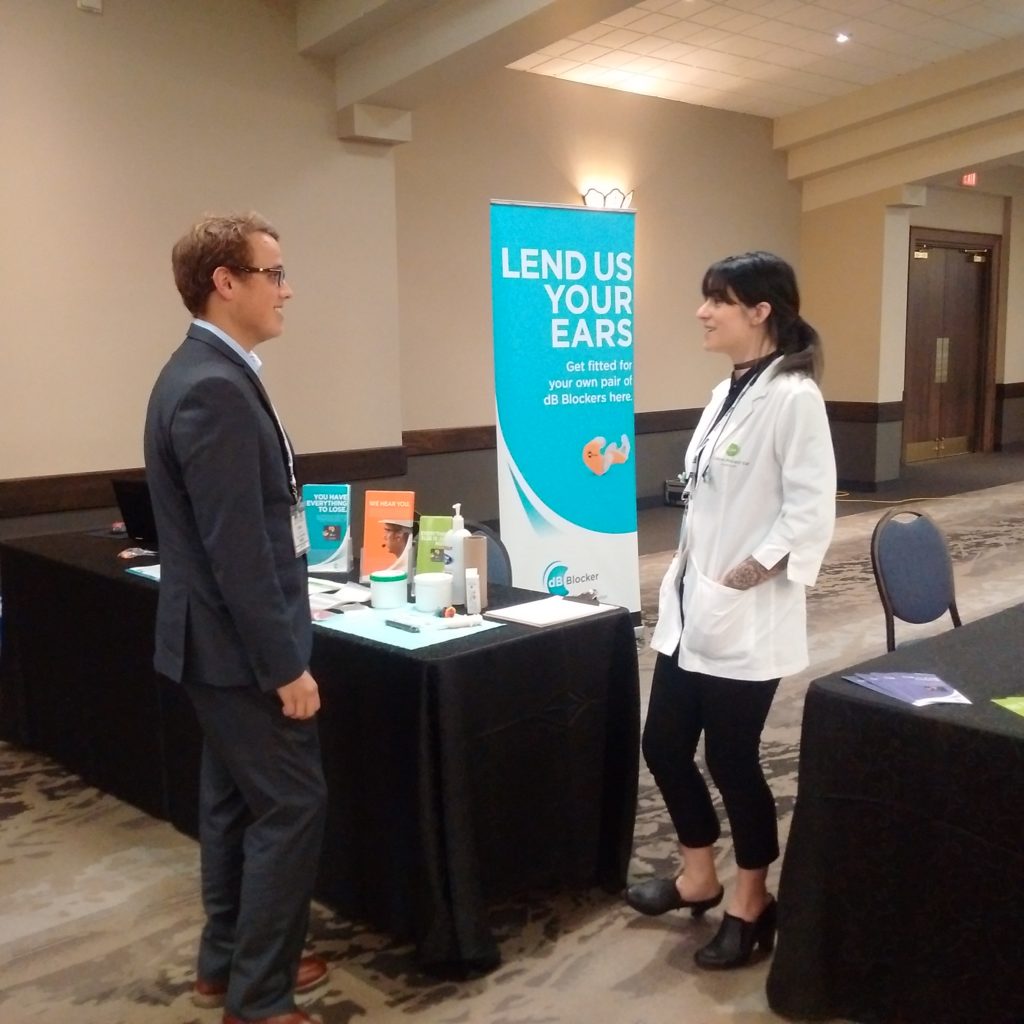
YOU ARE INVITED!
Please join us at 9:00am-10:00am for coffee as we open the show with Opening remarks from Dennis Darby, President & CEO of Canadian Manufacturers & Exporters (CME) and our Morning Keynote Speaker, Matt Rendall, CEO, from OTTO Motors.
Afternoon Keynote Speakers James Weir, Vice President of Sales from SYSPRO Canada and Kate Bagshaw, Senior Electricity Advisor, Bruce Power Direct will be speaking at noon. Lunch will be provided for those attending.
**Please note it will be a first come, first serve for the Keynote sessions. Please be sure to be on time for these sessions. **
PLAN YOUR DAY
To help you plan your day, we have provided the information below to outline some of the details you will need to know for the event. Please take a few moments to review the following information carefully.
**Watch for the Plant/DEX Expo signs directing you into the show!**
Schedule at a Glance:
Wednesday October 11, 2017
| 8:00 am
|
Registration Opens |
| 9:00 am | Morning Keynote Speakers:
Opening remarks from Dennis Darby, President & CEO of Canadian Manufacturers & Exporters (CME) and our Morning Keynote Speakers, Matt Rendall, CEO, from OTTO Motors. Coffee and light refreshments will be available.
|
| 10:00 am – 4:00 pm | Tradeshow Hours
|
| 12:00 noon | Afternoon Keynote Speakers:
James Weir, Vice President of Sales from SYSPRO Canada and Kate Bagshaw, Senior Electricity Advisor, Bruce Power Direct will be speaking at noon. Lunch will be provided for those attending. On-Site prize draw: Helly Hansen Workwear
|
| 3:45pm | On-site prize draw:
Parrot AR.Drone 2.0 Power Edition
|
| 4:00 pm | Show closes
|
Location:
425 Bingemans Centre Drive
Kitchener, Ontario, Canada
N2B 3X7
Tradeshow Room: Marchall Hall
Keynote Room: Heritage Room
Parking: There is ample FREE parking.
See you at the show!


 more.
more.


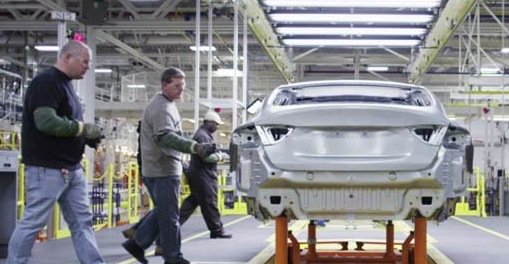
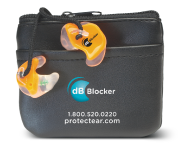

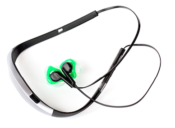

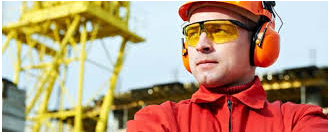

 ducing ambient noise is a concern for some riders. If you plug your ears, how will you hear your bike’s engine or, more importantly, monitor traffic around you? Learn more about hearing protection you can actually hear through…
ducing ambient noise is a concern for some riders. If you plug your ears, how will you hear your bike’s engine or, more importantly, monitor traffic around you? Learn more about hearing protection you can actually hear through… 



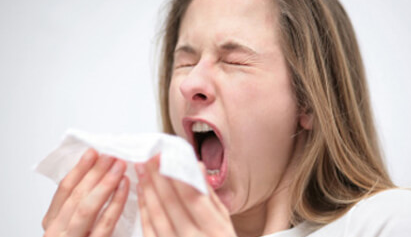
 enough to cause immediate damage. Even if the damage isn’t felt immediately, noise damage accumulates over time. So be sure to take along hearing protection; check out
enough to cause immediate damage. Even if the damage isn’t felt immediately, noise damage accumulates over time. So be sure to take along hearing protection; check out